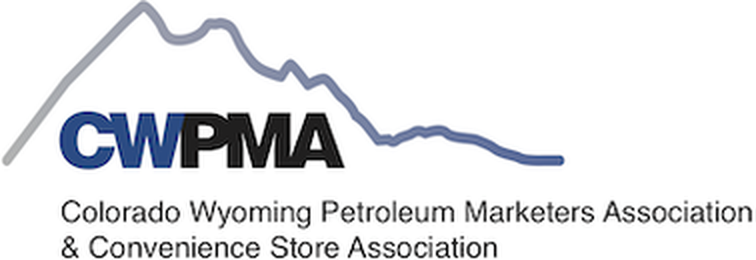The Federal Motor Carrier Safety Administration (FMCSA) has released the annual minimum employee random drug and alcohol testing rates for 2022. The test rates are the minimum percentage of employees subject to U.S. DOT drug and alcohol requirements who must undergo a random test during the 2022 calendar year. The number of random drug tests conducted by employers for 2022 must equal at least 50 percent of applicable employees. This is the same rate for random testing as 2021. The random alcohol test rate for 2022 is set at 10 percent, also unchanged from 2021.
Employees Subject to Testing
Hazardous material employee (49 CFR 171.8) means a person who is employed by a hazmat employer and who in the course of employment directly affects hazardous materials transportation safety. This term includes an owner-operator of a motor vehicle which transports hazardous materials in commerce. This term also includes an individual, employed by a hazmat employer who, during the course of employment:
- Loads, unloads, or handles hazardous materials.
- Manufactures, tests, reconditions, repairs, modifies, marks, or otherwise assures containers, drums, or packagings are qualified for use in HAZMAT transportation.
- Prepares hazardous materials for transportation.
- Is responsible for safety of transporting hazardous materials.
- Operates a vehicle to transport hazardous materials.
Intrastate and Interstate Drivers
Employers of both intrastate and interstate drivers requiring a CDL license are responsible for implementing and conducting driver drug and alcohol testing programs. Employers may do this using their own employees or contract services, or by joining together in a drug and alcohol testing consortium that provides services to all member companies. Any individual conducting the drug and alcohol tests must be trained to operate evidential breath testing (EBT) equipment and be proficient in breath testing procedures.
Random Alcohol Testing
Random alcohol testing must be conducted just before, during, or just after a driver's performance of safety-sensitive duties including the transportation, loading or unloading of hazardous materials. The driver is randomly selected for testing from a "pool" of subject drivers. The random testing dates and times are unannounced and must be reasonably spread throughout the year.
Other Drug and Alcohol Testing
Employers are also required to conduct pre-employment drug tests, post-accident, reasonable suspicion, return to duty and follow up drug and alcohol tests on CDL drivers under certain circumstances. The test rates for random testing do not apply to pre-employment, post-accident, reasonable suspicion, return to duty or follow up tests. Instead, these tests are performed on a per occurrence basis.
State Marijuana Legalization Laws
There is no legalized marijuana use recognized under federal law. The federal government does not recognize state legalization laws. In fact, all applicable state laws are preempted under the FMCSA drug and alcohol testing program. Under the Federal Motor Carrier Safety Regulations (FMCSR), a person is not physically qualified to drive a CMV if he or she uses for recreational or medical purposes any Schedule I controlled substance such as marijuana.
CBD Oils
Cannabidiol (CBD) oil is becoming a commonly used natural alternative to pain medicine. However, CDL drivers and other safety sensitive employees should be cautioned that use of CBD oil — even if derived from hemp — may result in a positive DOT drug screen for THC. Use of THC is forbidden for CDL drivers and other safety sensitive employees regardless of the source. As a result, medical and recreational use of CBD oils derived from marijuana and/or hemp are banned under federal law - even where legal under state law. Since THC is an absolute prohibition under DOT drug testing, a medical review officer (MRO) cannot take the medicinal use of a CBD oil into consideration when determining a drug test result.
For more information, CLICK HERE.




